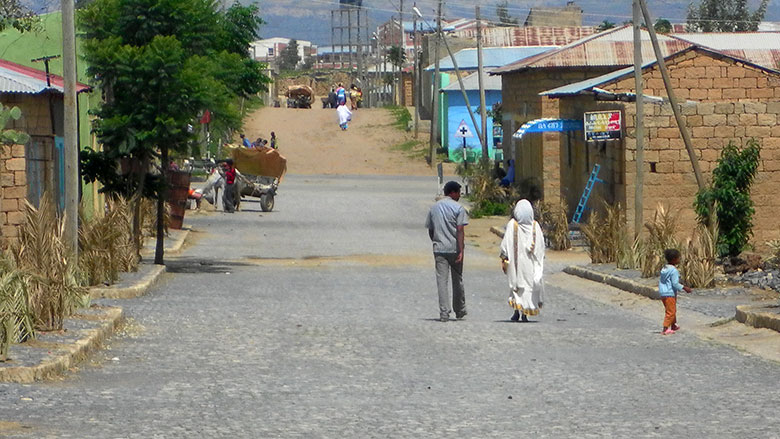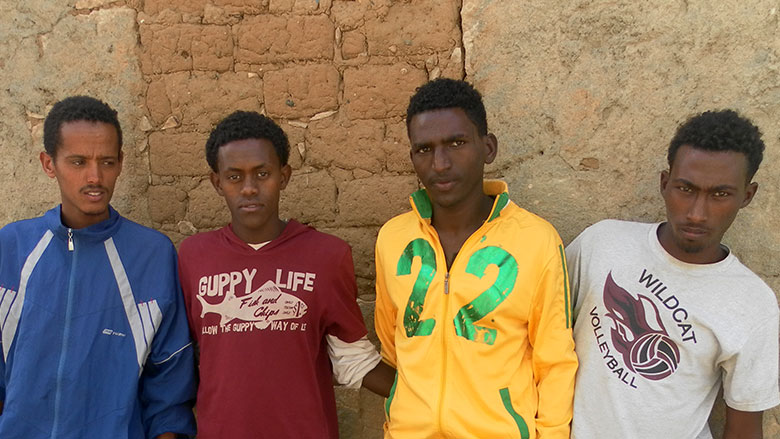Challenge
Ethiopia is going through a demographic transition. The WBG’s Urbanization Review (October 2015) indicates that with a 5.4% a year urbanization rate, the urban population is expected to triple by 2034. However, the urban local government institutional systems and infrastructure have not kept pace with the rapid urbanization. Despite progress over the last decade in building institutions, and providing infrastructure and services across all urban sectors, there is still much to do, even at today’s level of urbanization. In order for the opportunities presented by rapid urbanization to contribute to economic growth, service delivery needs to be improved significantly and urban infrastructure needs to be created and managed properly.
Approach
While the Banks’ approach in the past focused on pre-identifying cities and priority investment projects and then designing the project to finance those investments, ULDGP took an innovative step by moving from a project-approach to setting up a system to support cities. The project has introduced a fiscal transfer instrument, whereby funds are transferred from the federal government treasury directly to the local government annually. Funds are for discretionary use by the cities (only for capital investments), and are allocated in time to fit with their annual planning and budgeting process. Another innovation involves the performance nature of this fiscal instrument. In order to access funds, cities have to pass minimum conditions and have to attain certain scores on performance indicators. The score determines the level of funding they receive. Performance is assessed annually by an independent assessment team. The performance nature of the fiscal transfer has introduced a healthy level of competition among cities.

